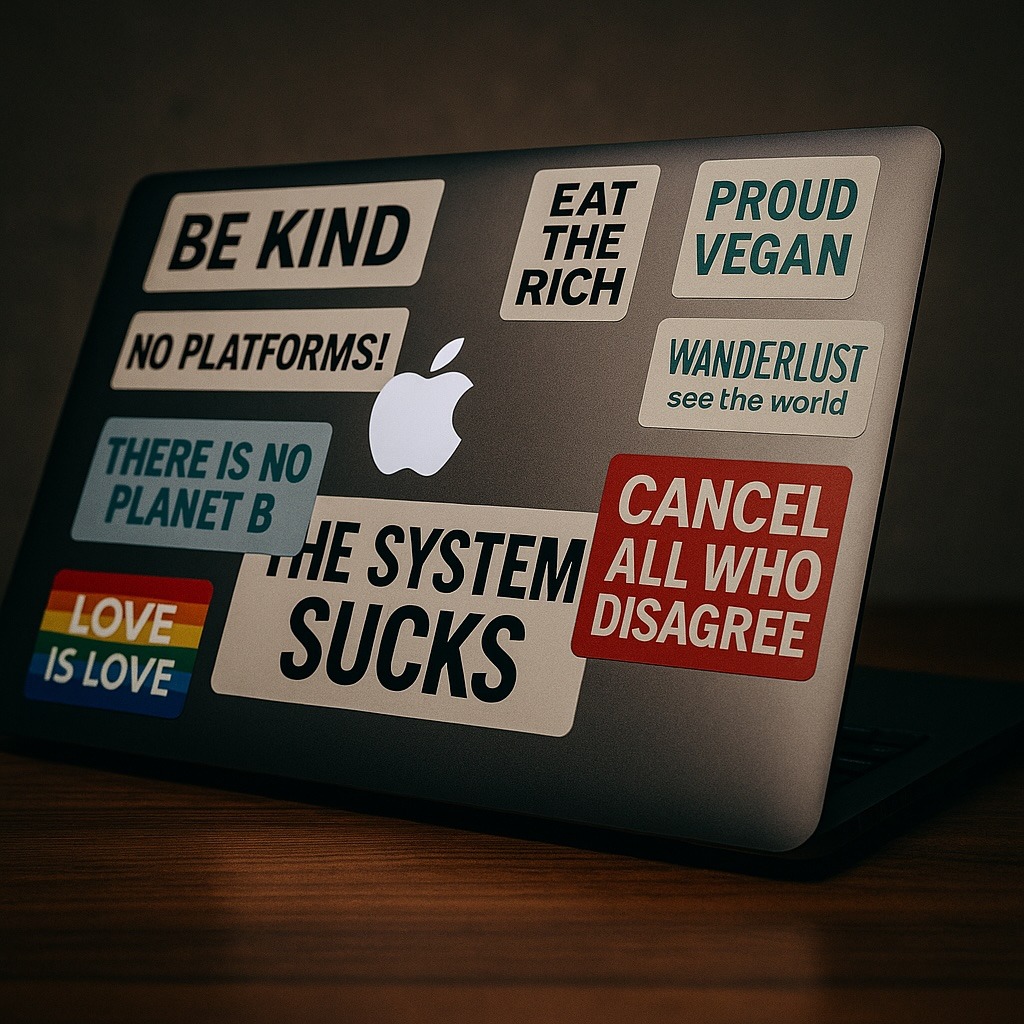
There was a time when activism looked like hunger, prison, and long nights filled with doubt.
People like Martin Luther King Jr, Mahatma Gandhi, and Emmeline Pankhurst didn’t have sponsorship deals or PR managers. They didn’t wake up wondering how their speech would look in portrait mode. They weren’t performing, they were surviving conviction.
They walked into power, not onto platforms. They risked everything for causes that rewarded them with bruises, jail cells, and sometimes death. Their activism wasn’t seen. It was felt.
If Gandhi existed today, someone would have filmed his salt march in slow motion, dropped a cinematic soundtrack under it, and captioned it “resistance vibes only.” The act would still be powerful, just buried under the noise of applause. That’s where we are: a world that rewards attention more than action, outrage more than endurance, and performance more than principle.
The modern activist doesn’t just live in the world, they live through it. Through cameras, feeds, and comment sections. Their worth isn’t measured by what they change, but by who’s watching. They’ve been trained to care visibly, to show outrage, to document compassion, to prove morality one post at a time. What used to be sacrifice now looks like theatre. Outrage is rehearsed. Empathy is performed. Conviction is now a look, polished, public, optimised for reach. It feels sincere because it must. That’s how performance works.
The Chemical Truth Behind It
Neuroscientists have found that social validation lights up the same reward centres as addictive drugs. Every notification delivers a small dopamine hit that whispers do that again. So when outrage earns applause, it’s not just validation, it’s chemistry. A loop forms: outrage, approval, repeat. The revolution gets wired into the reward system. Analyses of online behaviour show that moral and emotional language travels faster than neutral speech. Anger spreads wider and faster than joy, even between strangers who barely know one another (source).
No conspiracy required, that’s just how emotion behaves online. The loudest message wins; the calmest disappears. Once people realise outrage brings attention, attention becomes the goal. Conviction quietly turns into choreography. Psychologists have found that people driven by social status are more likely to use moral language for attention.
We’ve all seen it, the person who makes every issue about them, whose outrage always seems to align perfectly with their brand. The modern moral compass doesn’t point north anymore. It points toward the spotlight.
A Generation Raised on Exposure
An entire generation grew up equating self-worth with visibility. Their sense of identity was built on being seen, liked, and shared, a world described vividly in research on iGen and digital culture.
When you grow up performing, you don’t stop performing, you just change the costume.
I was reminded of this recently while sitting in a Starbucks near a university, waiting for a friend. Halfway through my overpriced cup of liquid sugar, I noticed the room was full of glowing Apple logos. MacBooks everywhere, each one owned by someone who looked barely old enough to rent a car.
But it wasn’t the screens that caught my attention, it was the stickers. Every laptop was plastered with messages rejecting something or supporting something else that rejected something else. Environmental slogans, anti-establishment logos, identity flags, all stuck across the symbol of corporate conformity itself.
I nearly laughed. A rebellion powered by Corporate America’s finest export. If simulation theory is real, the developers are getting lazy, recycling assets and changing the decals. It’s the thing today, isn’t it? Everyone claims to be rejecting conformity, but somehow ends up conforming to the same rebellion. A school of salmon convinced they’re swimming upstream while the current drags them the other way.
Addicted to Outrage
Neuroscientific studies of online behaviour show that expressing moral outrage activates the brain’s reward system in the same way as addiction. Every argument, every echo of agreement, another fix.
That’s why so much online “debate” feels like emotional cardio, a constant burn that changes nothing. The outrage isn’t the means to an end. It is the end.
True conviction doesn’t give that kind of rush. It’s quiet, unglamorous, and rarely noticed. But that’s what separates belief from dependency. One builds movements; the other just trends.
If there’s a conspiracy here, it’s the most efficient one imaginable. Nobody needed to suppress activism, they just made it profitable. Once dissent could be marketed, it stopped being dangerous. Rebellion became an aesthetic. Activism became a brand.
Now everyone’s fighting “the system” while posting from devices built by it.
The real ones are still out there, the ones doing the slow, silent work without hashtags or livestreams. Their kind of activism doesn’t feed the dopamine system. It doesn’t trend. It just works. Maybe that’s the final irony. The world has never been louder, yet the people worth listening to are whispering where no one is looking.
Can you think of a modern activist, famous or otherwise, who fits that description?
And when you picture them, ask yourself: are they doing it for the cause, or for the attention it brings?